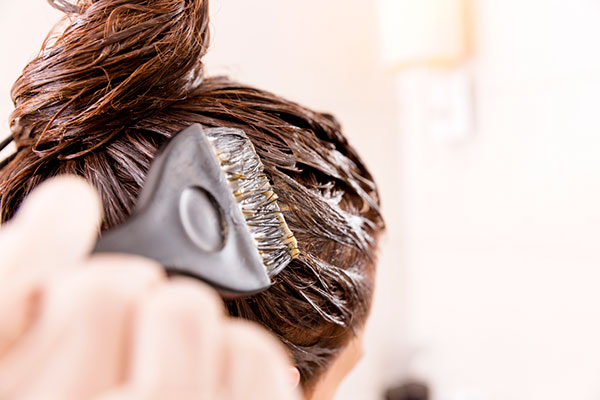
The Science Behind Hair Color
For most people, hair coloring is an easy way of changing their appearance. The process is quick, and colored hair is low maintenance. However, few people understand the chemical processes that take place when this is happening. This post will educate you on what goes on when you color your hair.
Understanding Hair Structure
Before we explain how your hair gets colored, we need to understand the anatomy of a hair shaft. A hair shaft has three layers; the cuticle, cortex, and medulla. The cuticle is the outermost and protective layer of the hair shaft. It is made up of overlapping dead cells. The cortex is the second layer, and it contains melanin, which gives your hair its color. The medulla is the innermost layer, and it contains mitochondrial DNA which gets transmitted from mother to child.
What You Should Know About Hair Dye
The different types of hair dye include:
- Temporary
- Permanent
- Semi-permanent
- Demi-permanent
No matter the type, these hair dyes have overlapping ingredients. Most of the common ingredients are ammonia and hydrogen peroxide. Unlike semi or demi-permanent hair colors, you cannot wash the color off if you apply a permanent hair dye. The more permanent the dye, the harsher it is to your hair.
Here's how the dye works:
- Being an alkaline, ammonia creates the perfect conditions for the hair dye to work. It also delivers the color in the dye to the cortex by lifting the overlapping dead cells on the cuticle.
- The hydrogen peroxide acts as bleach, and it strips away the cortex of its original color. It turns them colorless so that they soak in the new color. It also oxidizes the pre-dye molecules.
- Precursor molecules soak and bond with the cortex through the gaps on the cuticle.
- With the help of hydrogen peroxide and ammonia, the precursor molecules bond to form large dye molecules that are too big to be easily washed off.
- In most cases, the cuticle is closed off using an acid-based conditioner.
The hair shaft gets damages during the opening up and closing off of the cuticle. Although coloring the hair does not directly cause
hair loss, continuous or prolonged coloring may cause it to be weak, leading to breakage. The chemicals may also cause allergic reactions and skin irritation.
Consult with our Bay Area Hair Restoration Doctor
If you are experiencing hair loss after dying your hair, you should visit a specialist. Dr. Diep is a renowned
San Francisco hair transplant doctor who will establish the root cause and recommend the most appropriate
hair restoration procedure.


